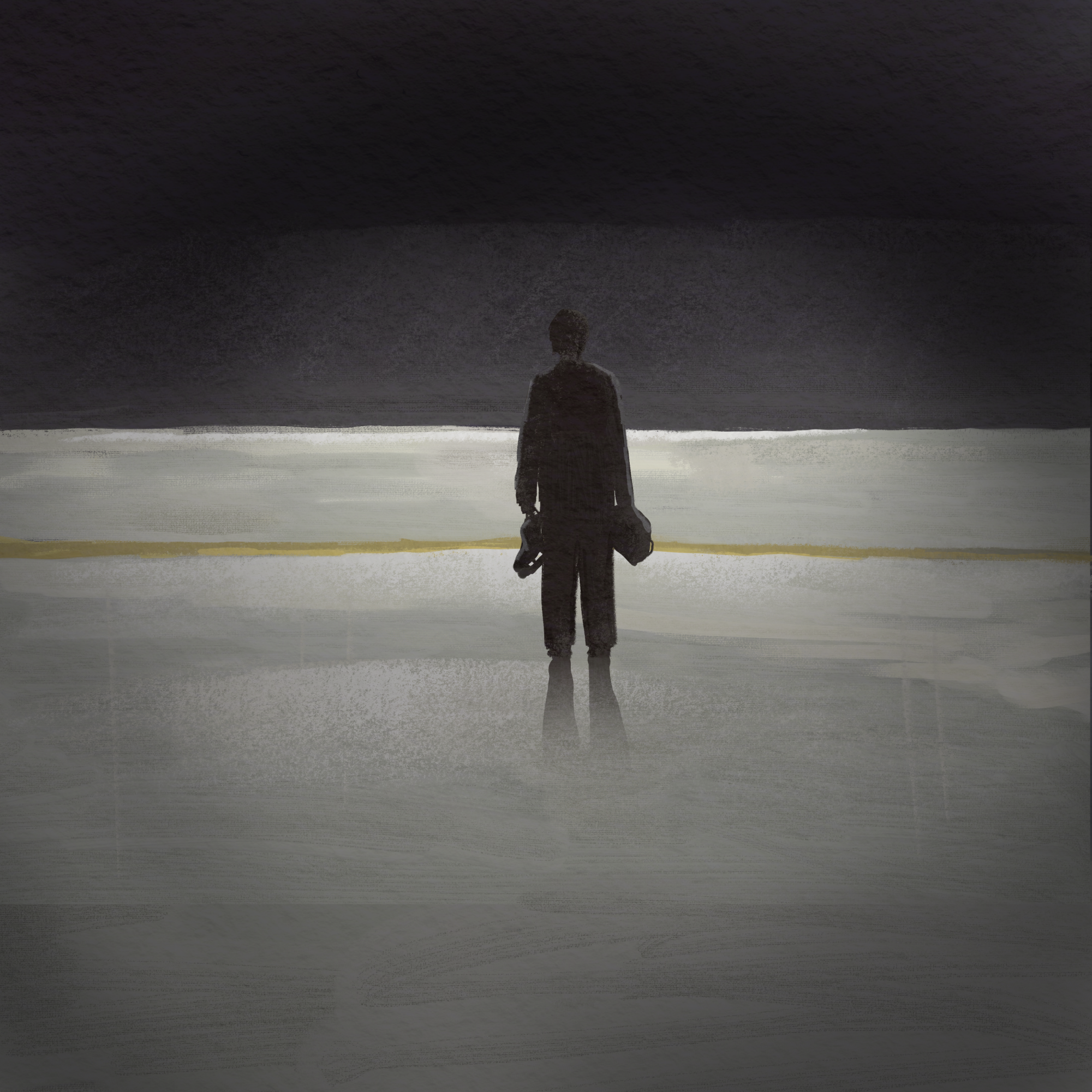Opinion | Athletes are under too much pressure


Nolan Patrick was drafted to the Philadelphia Flyers second overall in the 2017 National Hockey League draft when he was 17. Patrick grew up in a hockey family that streamlined him into professional hockey, with his father and uncle having careers in the NHL. His career before the NHL was incredibly successful — Patrick played in the Western Hockey League where he was drafted fourth overall in 2013.
Nolan Patrick stood out before the draft and was the predicted first pick by many. The competition between him and Nico Hischier, who eventually did go first, was fierce as both players exhibited potential for an incredible career in the NHL.
Unfortunately, Patrick’s NHL career did not pan out in the way that anyone could have expected. In September 2019, Patrick was diagnosed with a migraine disorder. These migraines were debilitating and affected his ability to play. Patrick played with the Flyers from the 2017-18 season to 2020-21, facing lots of ire for never truly living up to expectations. He then got traded in July of 2021.
Not only would this be incredibly difficult for anyone to face, it is made worse when the athletes carry the city’s expectations on their shoulders. It makes sense that fans would be mad about losing their high draft pick, especially during a challenging rebuild, but that doesn’t make the intense criticism that he faced justified in any way.
Patrick was bombarded with negativity online, much of it revolving around his injuries and migraine disorder.
He ended up on the roster for the Las Vegas Golden Knights for the 2021-22 season but unfortunately was struck with consecutive injuries in the first few games. He was placed on IR for an upper-body injury in October of 2021 and played his last game in the NHL in March of 2022.
Nolan Patrick was not on the roster when the Las Vegas Golden Knights went on to win the Stanley Cup in the 2022-23 season — he did not play in any games that season and did not get his name on the cup. After the season ended, Patrick became an unrestricted free agent and seemingly disappeared from professional hockey after a career of 197 NHL games.
Patrick reentered the online sphere surrounding the NHL when an Instagram account announcing a hockey training business launched and featured Patrick as one of the professional trainers. The most important information was that the account listed him as a “retired pro with significant NHL experience.”
Patrick was brought back into the conversation and reminded people that this system is not perfect. He showed that not all high draft picks pan out but also that pressure from the city can’t always make a difference.
The hypermasculinity that permeates the sports world prevents people from viewing these athletes as people who deserve full lives. When athletes get injured, the conversations online always revolve around the ways that they are hurting the team instead of their recovery. There isn’t care put towards the fact that they are real people who feel pain like everyone else.
Focusing on the superstars who can play until they are in their forties is easy and expected. Of course, when you think of hockey, you are thinking of the Jaromir Jagrs and Sidney Crosbys. I wouldn’t expect you to think about the guys that came in too hot and crashed young.
That’s not the angle that the league wants either. No one would watch the games if they were cringing at every hit, thinking about how that might have taken a player one step closer to the end of their careers.
The truth is that the average NHL career is 4.5 years, and it’s easy to lose sight of that. Pursuing any other career with that expiration date is clearly impractical. People keep playing because they love it. They love it so much that they can’t imagine doing anything else. Many will move states and modify their school years for a better shot at becoming a professional athlete. Besides that, finding other activities and passions is challenging when they spend all their time practicing for their sport. This makes it even worse when their careers end up unexpectedly short.
Nolan Patrick revealed an ugly side to the sport that people ignore — that being good at something doesn’t make anyone invincible, and statistics cannot predict the way that someone’s life will go. There was nothing that could have prevented a genetic migraine disorder. Losing a player was bad for the team, but the focus should be more on the person who lost their livelihood.
Jameson Keebler writes primarily about pop culture and current events. Write to her at jrk162@pitt.edu.
Recent Posts
College Democrats and Republicans debate pressing political topics
Around 100 students gathered to watch Pitt’s College Democrats and College Republicans debate a variety…
Great horned owls make Schenley Park their home
Local bird enthusiasts have flocked to Schenley Park to see a new family of great…
Opinion | The attacks on national parks reflect an underlying push toward isolation and ignorance
The policies enacted by the current administration reveal a wider theme of isolating all of…
‘The name had to evolve’: GSPIA becomes SPIA due to decreasing graduate enrollment
Going into the 2025-26 school year, undergraduates can now study in the School of Public…
Pitt faculty and students discuss potential effects of Trump’s executive order closing the Department of Education
On March 20, President Trump signed an executive order to close the federal Department of…
Panthers on the prowl for the big leagues
The NFL Draft is less than a month away, and Pitt football players displayed their…
